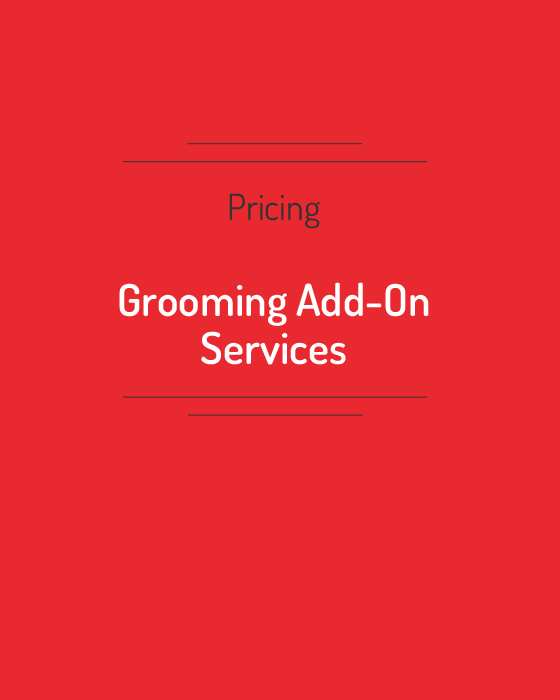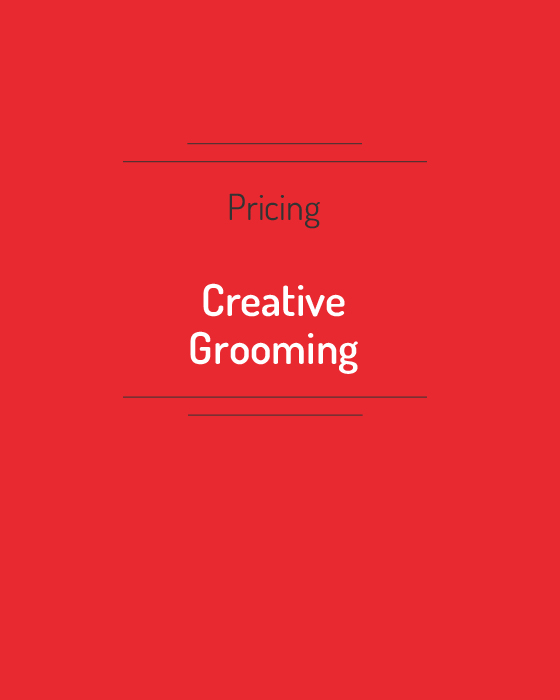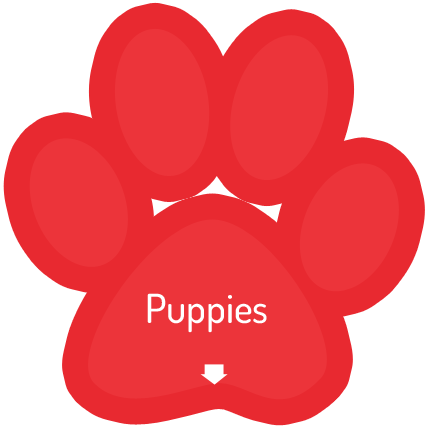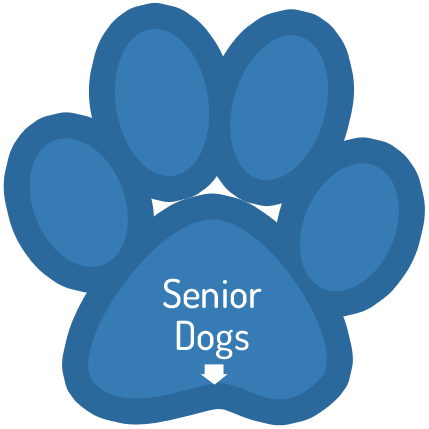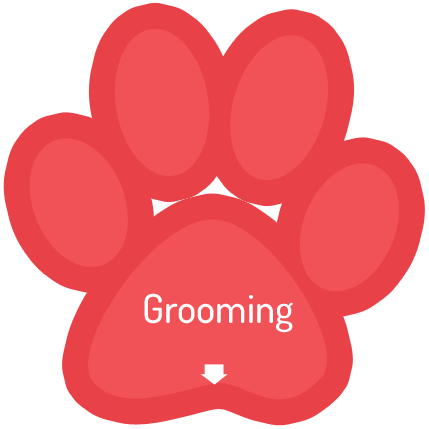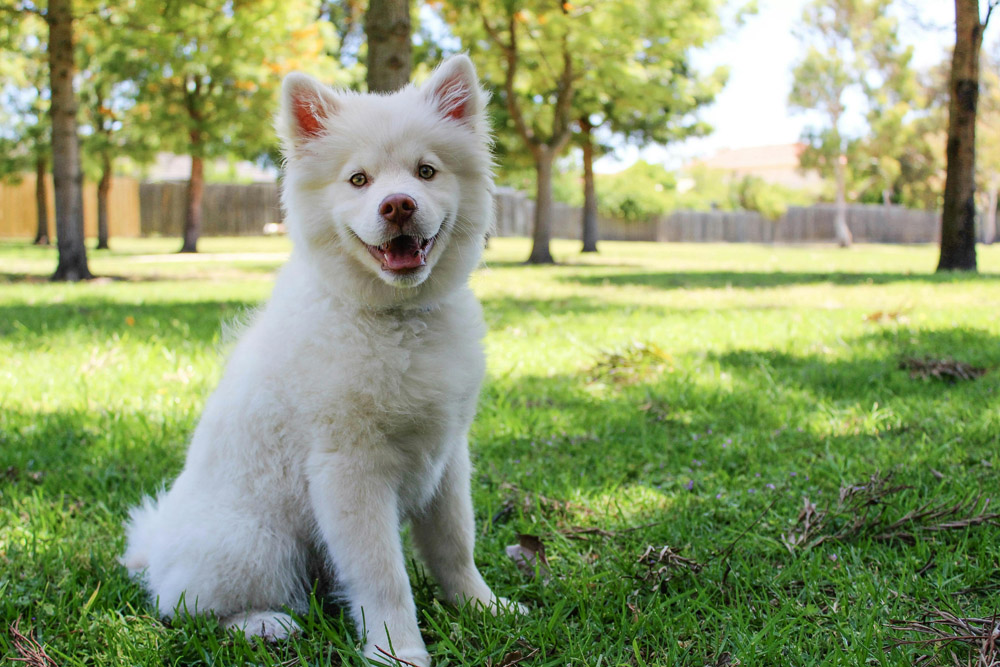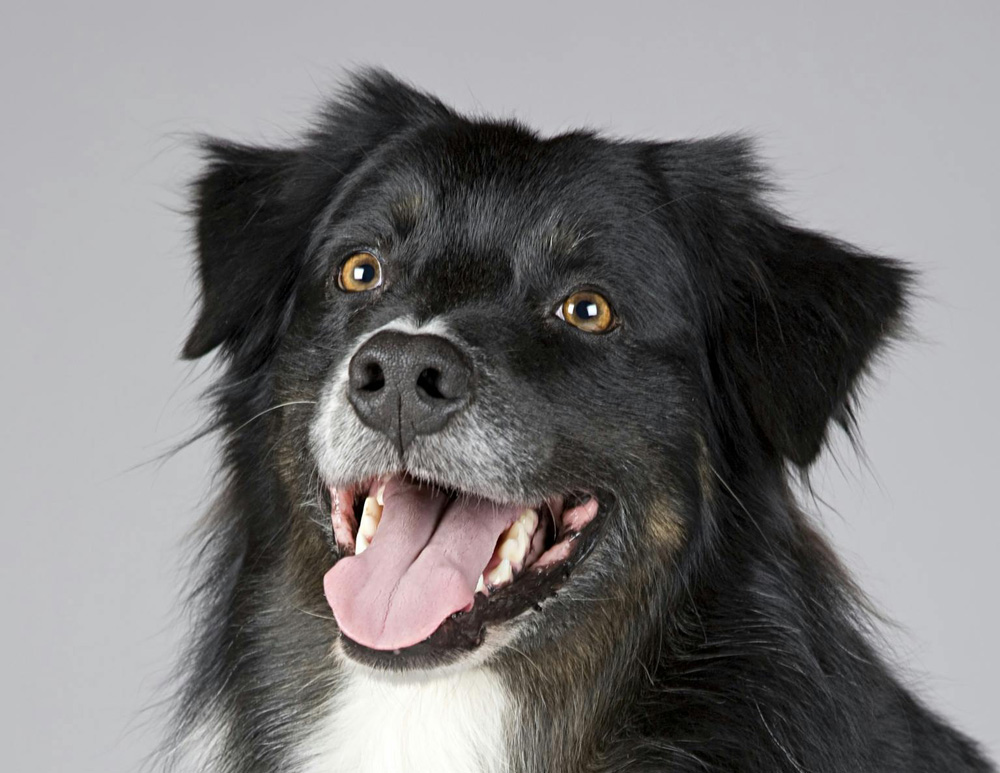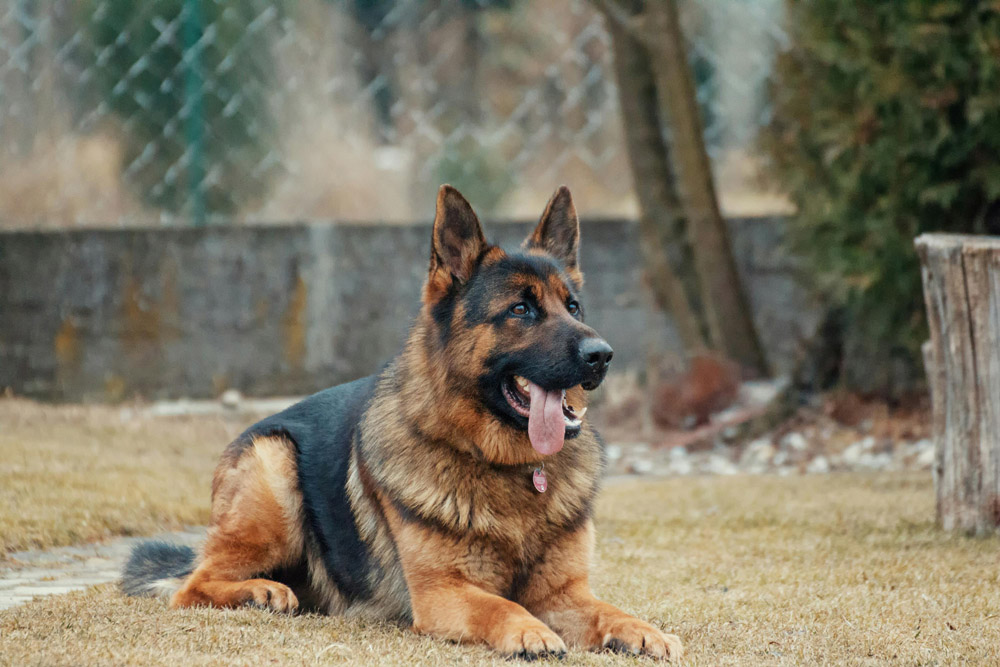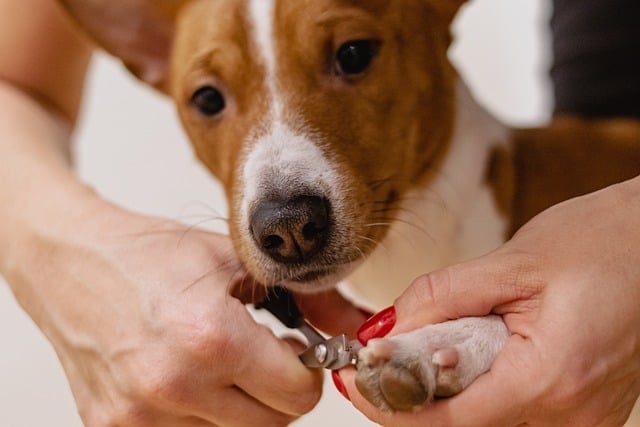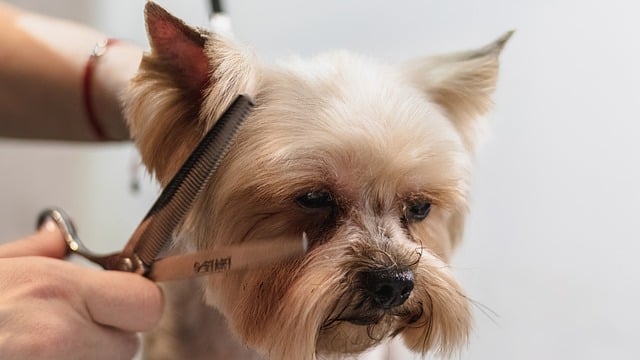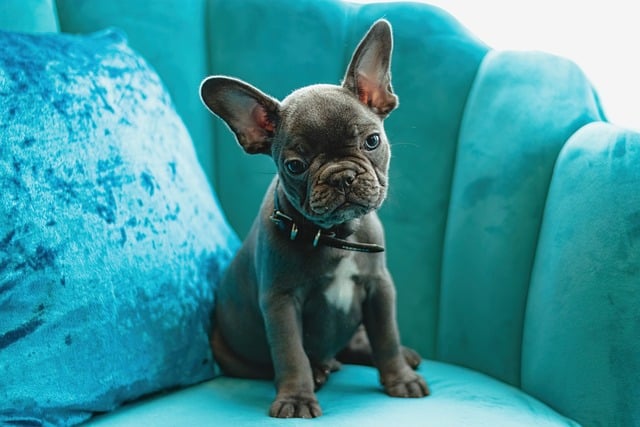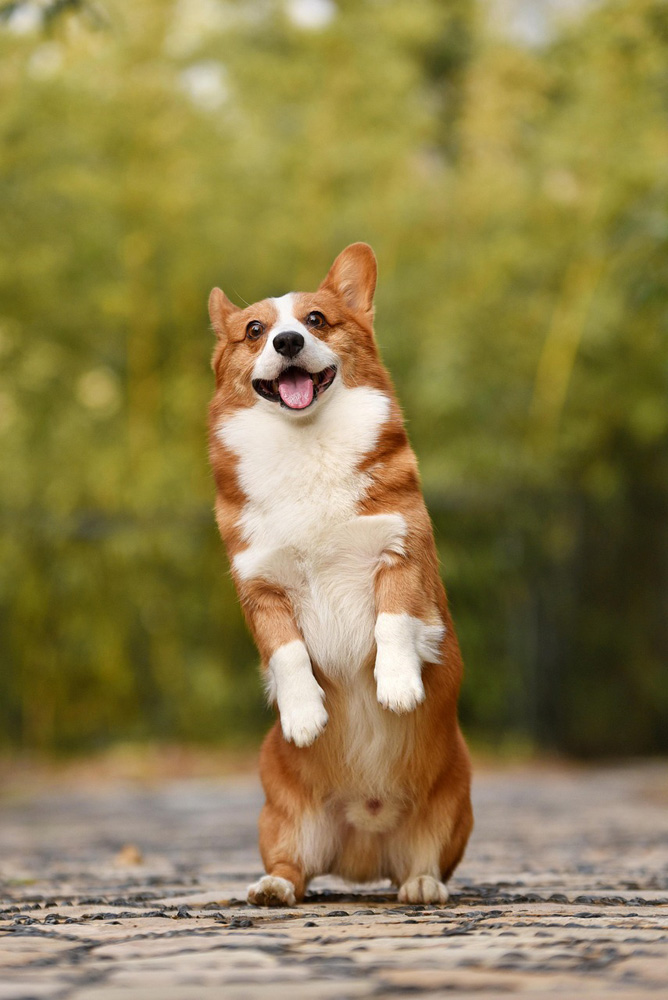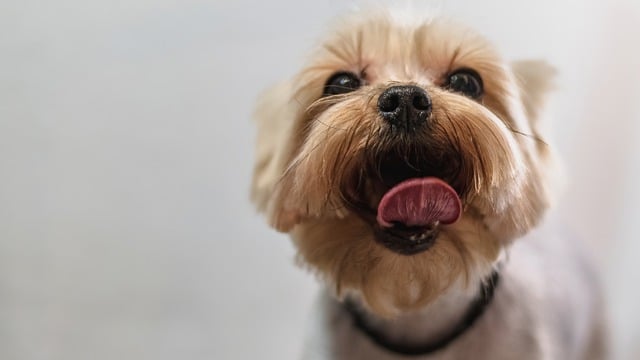Dog Grooming
Pamper your dog with a spa day!
Happy Pet Spa's passionate, certified team of groomers, with over 60 years of combined experience in the grooming salon, will keep your dogs looking and feeling great!
Our groomers are skilled, gentle and compassionate and will always make recommendations for the best care for your pet. They are happy to work with you to find a haircut and schedule that fits your dog's unique personality and your lifestyle. We are always available to educate owners about best practices in grooming.
We groom all ages, breeds and sizes of dogs. We use only premium pet products such as Groomers Edge, Kelco, South Bark Blueberry Facial, M.E.D Ear Treatment. We also accept vet prescribed or client preferred products when requested.
We offer full grooms (breed clips, pet clips under 1/2", pet clips over 1/2", de-shedding brush outs), bath and tidy's, creative grooming & colour and A La Carte services.
A La Carte Services are available by appointment Monday-Friday mornings before 11am.





